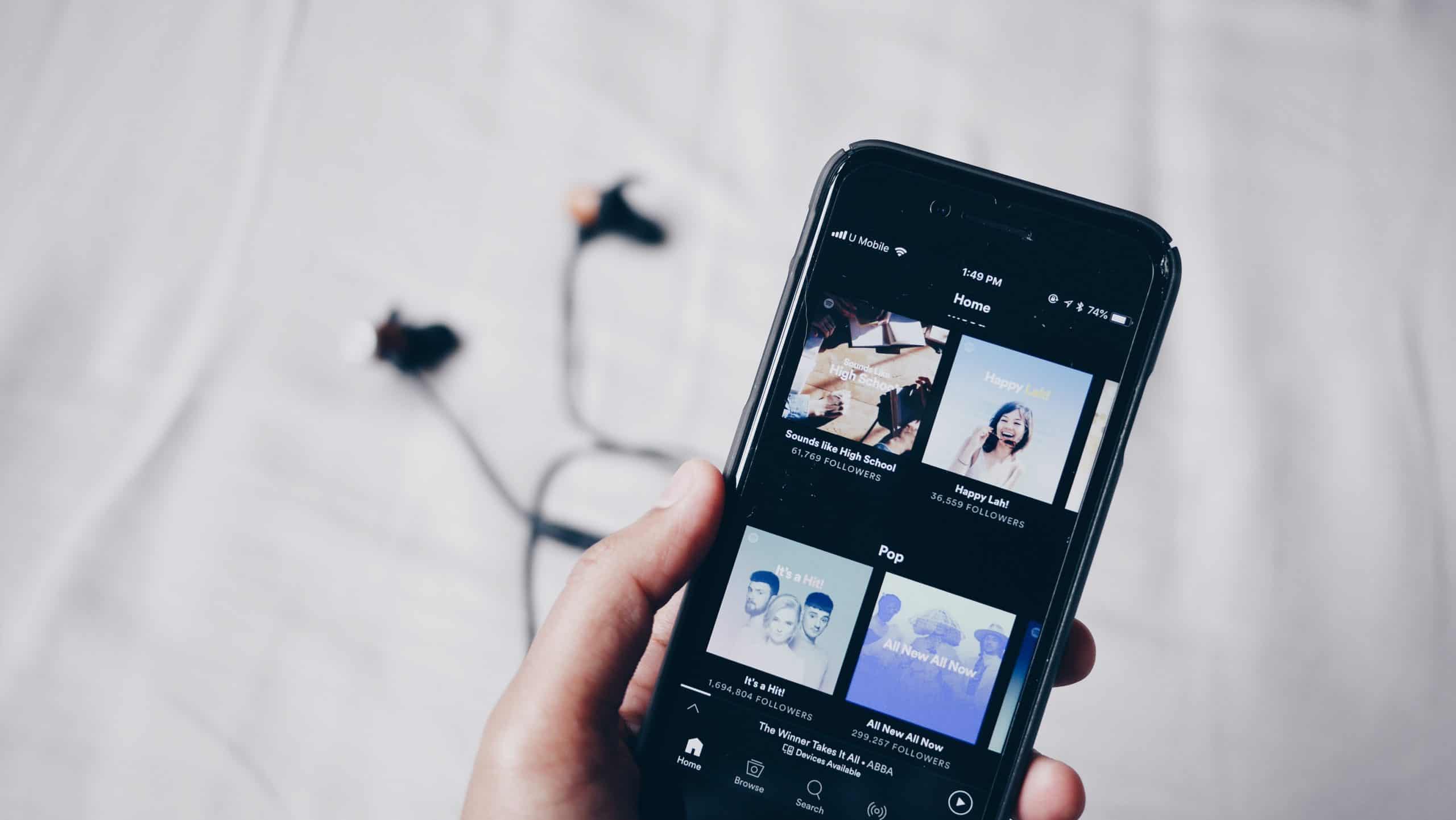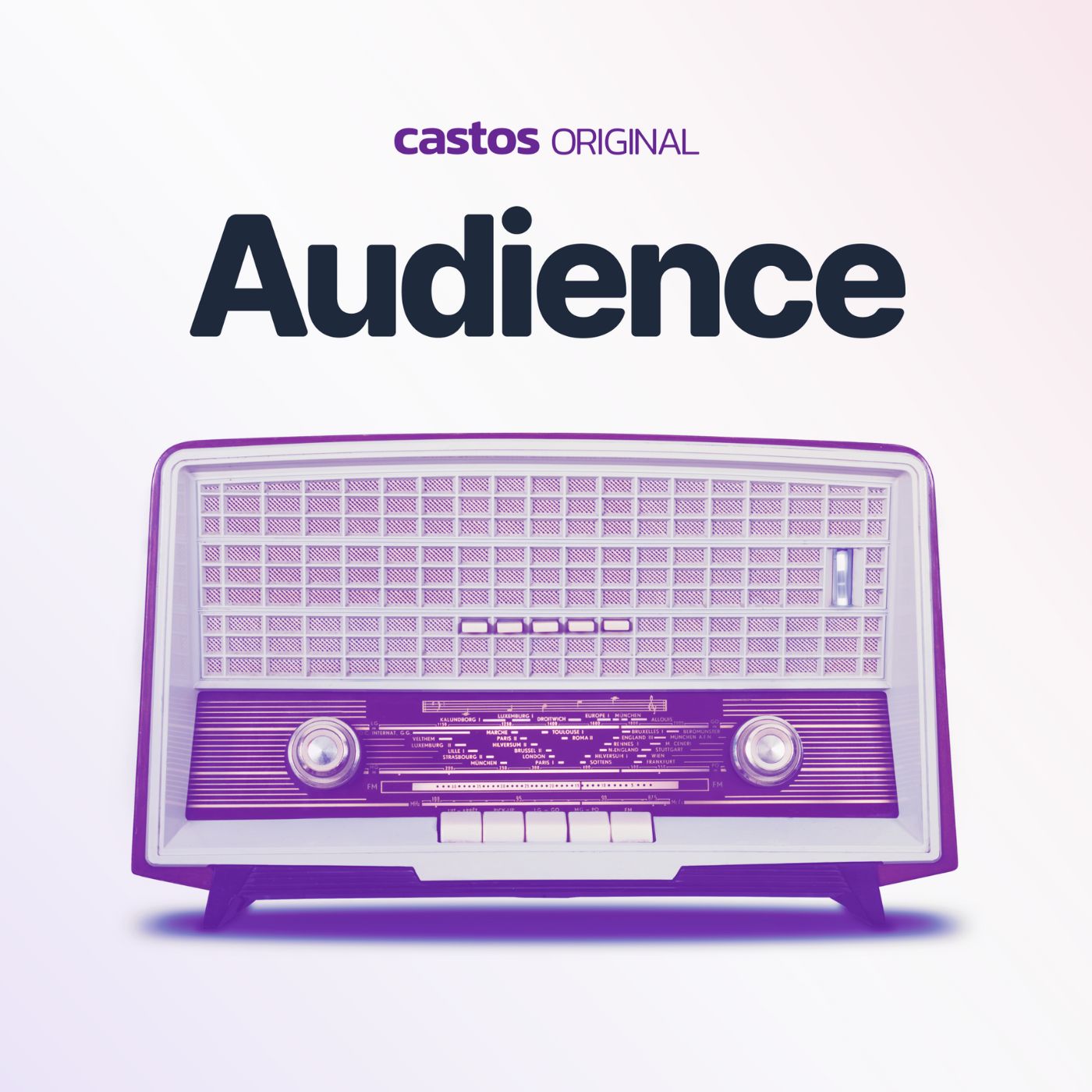
James Cridland On How Podcast Directories Can Change The Industry

Audience
Shownotes Transcript
There are a lot of experts within the podcasting industry. But James Cridland is in a unique position to see the industry’s trends, successes, and failures differently than most. As the curator of Podnews), a daily podcasting briefing, his perspective is a combination of news from podcast hosts, advertisers, content creators, and listening platforms.
Given his holistic view, we invited James to chat on our latest Audience episode. We took the opportunity to hear his thoughts on the future of Apple Podcasts and Spotify, monetization opportunities, and what’s the biggest distribution mistake many podcasters make.
Read on for James’ biggest takeaways and listen to the full episode for even insightful comments.
How Can Apple Podcasts & Spotify Change The Industry?
Along with many other experts, James agrees there’s a big opportunity to increase podcast consumption. He argues if the industry focuses on increasing overall listenership, all ships will rise. From creating more monetization opportunities for podcasters, increasing user bases for listening apps, and driving more financial investment into the industry as a whole.
But the driver of this growth isn’t squarely on the shoulders of podcasters. Instead, James offers opportunities podcast directories) can take advantage of to jumpstart the effort.
Apple Podcasts
The biggest player in the industry is without a doubt Apple Podcasts. Apple helped grow and standardize things like podcast categorizations and artwork sizes. But in recent years, Apple hasn’t made many monumental advancements to increase consumption.
But given their strong foothold, there’s one opportunity available that would change the industry forever.
According to Scientia Mobile), over 60% of worldwide mobile users have an Android device. But to date, Apple hasn’t created an Android version of the Apple Podcasts app. While there are popular Android-only listening platforms, the majority of podcasters primarily promote their Apple Podcast listing.
Think of the instant consumption growth if Apple released an Android version of their app. Podcasters could more comfortably promote their Apple Podcast link knowing it would be a seamless subscription process across all devices.
You likely submitted your podcast to Apple Podcasts) from the start. But in case it slipped off your radar, submit your podcast today.
Spotify
In the aftermath of the Spotify and Joe Rogan deal), there’s been article after article about the possible implications.
To date, Spotify’s podcasting footprint is relatively small. According to Libsyn, Spotify accounts for 9.5% of total plays for their hosted podcasts. A far cry from Apple Podcast’s 60-70% share of the market.
But by acquiring exclusive rights to one of the most popular podcasts in the world, Spotify is betting on Joe Rogan’s listener base converting to their platform. But whether Rogan fans will switch to Spotify) and continue listening is still up for debate. However if they do make the change, it’ll have positive effects for podcasts across the platform.
Here’s why. Spotify is making investments to push consumption forward with their open API and advanced recommendation algorithms.
If they’re able to crack the recommendation code, this means more relevant podcast suggestions and discoverability opportunities. It also means music listeners may now start subscribing to podcasts. From each outcome comes more consumption from both new and current podcast listeners.
Make sure your podcast is listed on Spotify) by following our handy tutorial.
What’s The Biggest Distribution Mistake Podcasters Make?
With all this talk of Android users, according to James, there’s one obvious mistake podcasters make to gain subscribers. Namely, only including a subscription link to Apple Podcasts when promoting episodes on social media and their website.
Given the preference for non-Apple devices, podcasters should consider if they’re stifling their growth. Make sure your calls-to-action and website include how to access your podcast on Android-only listening apps.
We discovered a tool called Kitelinks from Podkite) that helps podcasters drive people to listen to an episode in whichever app they prefer. Their free plan lets you create links for individual episodes, perfect for your social promotions.
Another worthy consideration is what types of listeners use each platform. Spotify, for example, skews towards millennials who prefer comedy and entertainment podcasts. While smart speaker owners prefer short, daily news briefings and queue up multiple podcasts in the morning.
Understand some podcasts will perform differently across platforms depending on its topic and length. To back up this claim, James says over half of Podnews’ podcast downloads are via smart speakers. For a show with quick, digestible news this makes complete sense. Our main takeaway? Different podcasts work well in different environments.
How Can Podcasters Start Monetizing?
Consider this: according to Libsyn, the average number of downloads per episode is 125. If your episodes get more than 125 downloads, your podcast performs better than over 50% of the shows out there!
This large population of niche audiences is why podcast advertising isn’t a viable monetization method for a lot of podcasters. It’s difficult for both the content creator and the brand to earn money.
That’s why Jame encourages podcasters to look to selling their content as a business model. The main reason why? Because we know it works. The most established content creators, like The New York Times, offer free access to some of their material in addition to using a paywall. You can use private podcasting) features to create a hidden feed full of exclusive, premium content to utilize the same strategy.
James also points to another way Apple Podcasts could revolutionize monetization. Apple currently has a fully functioning payment system that accepts money from users and distributes it to app developers. Why wouldn’t they apply their system to Apple Podcasts and include a “donation” button for podcasters to earn money too?
Resources Mentioned In This Episode
- Subscribe to the Podnews newsletter)
- Subscribe to the Podnews podcast)
- Follow @JamesCridland) on Twitter
- Podcast monetization platforms: Supercast), Glow.fm), Stitcher Premium), and Luminary)
- Google Podcasts Manager)